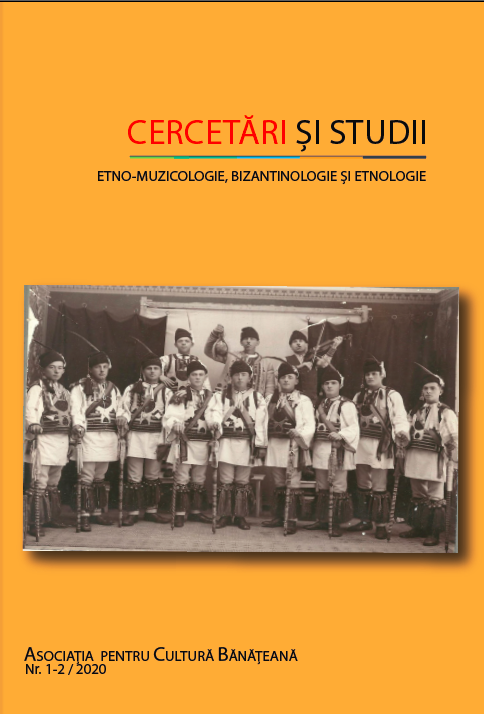Muzica bizantină - componentă fundamentală a spiritualității românești
Byzantine music - a fundamental component of Romanian spirituality
Author(s): Gheorghiță Stroe-VladSubject(s): Music
Published by: Editura Eurostampa
Keywords: Byzantine; cadences; modes; notation; reform;
Summary/Abstract: The research of Byzantine music represents the culture and spirituality of an important part of humanity. The unique musical notation, which does not use the musical stave, has had a complex evolution over hundreds of years. Knowing the evolution of this musical notation system is as important as knowing the evolution of western notation.The last reform in the field of Byzantine musical notation took place in 1814 and is called the Chrysanthemum Reformation. This reform is very important for the Romanian music space, because this process led to the assertion of a cult music with strong autochthonous accents. Byzantine music is structured in eight modal scales, each with its own way of expression and specific cadences. These modal scales can be grouped as follows: I, IV, V and VIII are diatonic modes, II and VI are chromatic modes, and III and VII are enharmonic modes. The novelty of these modes is that they retain their characteristics throughout the Orthodox space, that modulation is a common melodic phenomenon which has been used long before it became established as a composition technique in Western music. In conclusion, the knowledge of this musical genre is an act of culture, the research of this field representing an incursion in the specific civilization of Eastern Europe.
Journal: CERCETĂRI ȘI STUDII. ETNO-MUZICOLOGIE, BIZANTINOLOGIE, ETNOLOGIE
- Issue Year: 1/2020
- Issue No: 1-2
- Page Range: 142-161
- Page Count: 20
- Language: Romanian

